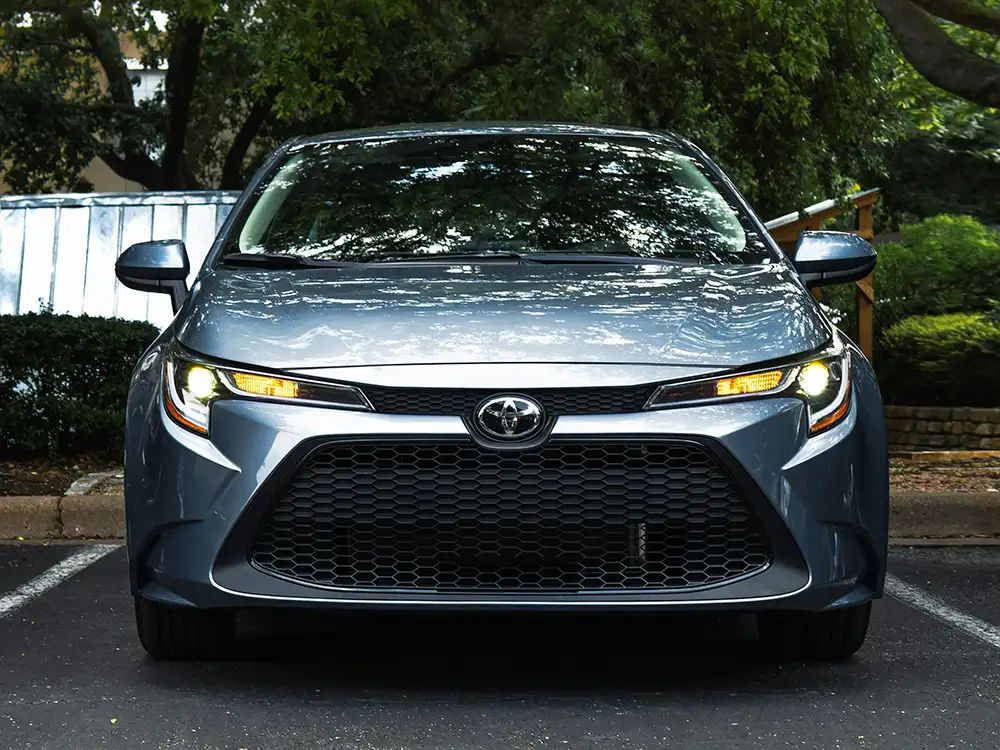From Confusion to Confidence in Auto Insurance
Auto insurance can be overwhelming, with various coverage options, legal requirements, and policy differences. Whether you’re a new driver or looking to update your current plan, understanding how auto insurance works is key to financial protection.
This guide will help you move from uncertainty to confidence in choosing the best coverage for your needs.
1. Why Auto Insurance Is Essential
Auto insurance protects you from financial loss due to accidents, theft, or damage.
Key Reasons to Have Coverage:
- Legal Requirement – Most states require liability insurance.
- Financial Protection – Helps cover repair costs, medical bills, and lawsuits.
- Peace of Mind – Ensures you won’t face significant out-of-pocket expenses after an accident.
2. Understanding Auto Insurance Coverage Options
Not all policies are the same. It’s important to choose the right coverage level.
Types of Auto Insurance:
- Liability Insurance – Covers damages and injuries to others if you’re at fault.
- Collision Coverage – Pays for repairs to your car after an accident.
- Comprehensive Coverage – Covers non-accident-related damage (theft, natural disasters).
- Uninsured/Underinsured Motorist Coverage – Protects against drivers with little or no insurance.
3. How Auto Insurance Premiums Are Determined
Your insurance cost depends on several factors:
- Driving Record – Accidents and traffic violations increase premiums.
- Vehicle Type – Expensive or high-performance cars have higher rates.
- Location – Rates vary based on accident frequency and theft rates in your area.
- Credit Score – Many insurers use credit history to assess risk.
Ways to Lower Your Auto Insurance Costs:
- Bundle auto insurance with home or renters insurance.
- Maintain a clean driving record.
- Increase deductibles to lower monthly premiums.
- Take advantage of discounts (safe driver, multi-vehicle, good student).
4. Understanding the Claims Process
Filing an insurance claim after an accident can be stressful. Follow these steps:
- Ensure Safety – Check for injuries and move vehicles to a safe location.
- Document the Accident – Take photos, exchange information, and gather witness statements.
- Contact Your Insurer – Report the accident and provide details.
- Get a Repair Estimate – Work with an adjuster to assess damages.
- Follow Up on the Claim – Keep records of all communications and payments.
5. Common Auto Insurance Mistakes to Avoid
Avoid these pitfalls when selecting a policy:
- Opting for Minimum Coverage Only – Leaves you exposed to high out-of-pocket costs.
- Not Shopping Around – Rates vary significantly between insurers.
- Ignoring Policy Details – Failing to understand exclusions and deductibles.
- Forgetting to Update Coverage – Life changes (new car, moving) may require adjustments.
Drive with Confidence
Having the right auto insurance provides financial security and peace of mind while on the road. By understanding coverage options, managing costs, and knowing how to handle claims, you can drive confidently knowing you’re protected.
Need help choosing the right auto insurance? Contact us today for a personalized quote.





